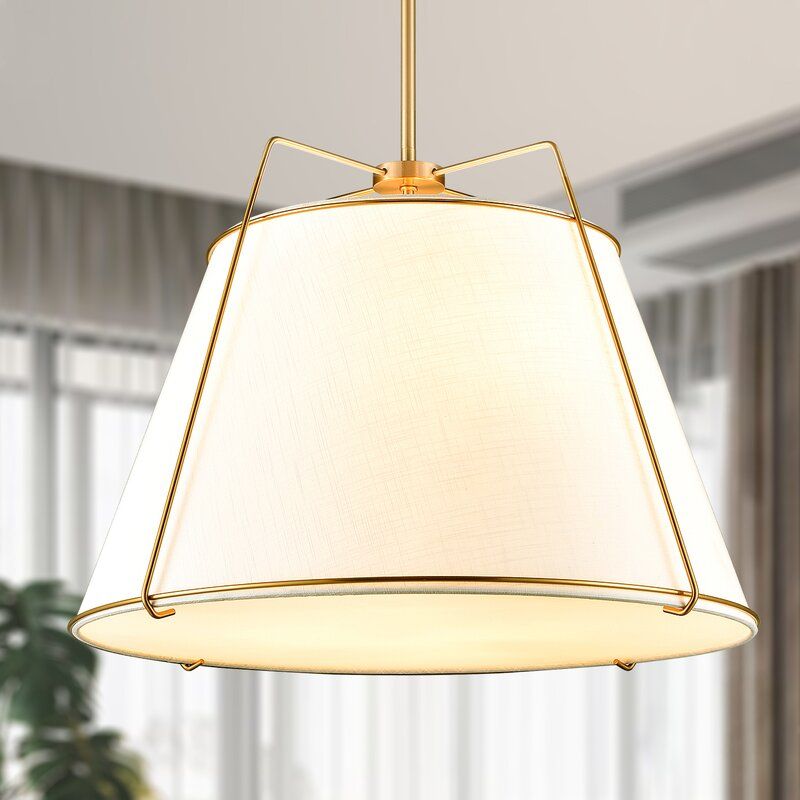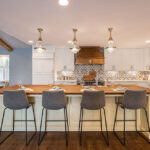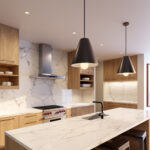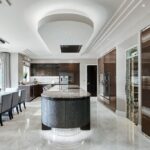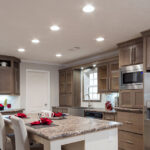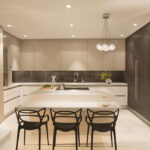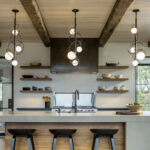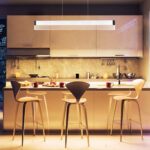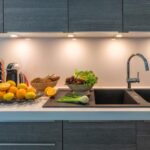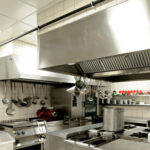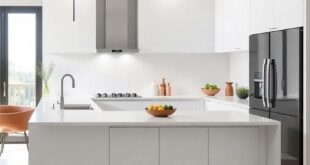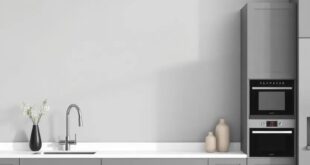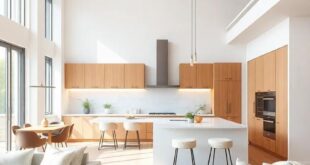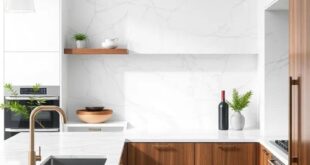Kitchen lighting is an essential element in any home, as it not only brightens up the space but also plays a crucial role in setting the ambiance and functionality of the room. Whether you are cooking, entertaining guests, or simply spending time with your family, the right lighting can make all the difference. In this article, we will discuss the different types of kitchen lighting and how to effectively use them to create a well-lit and inviting space.
There are three main types of kitchen lighting that every homeowner should consider: ambient, task, and accent lighting. Ambient lighting is the general, overall illumination that provides a uniform brightness to the entire room. This type of lighting is typically achieved through ceiling lights, track lighting, or recessed fixtures. Ambient lighting is important for creating a well-lit environment for everyday tasks such as cooking and cleaning.
Task lighting, on the other hand, is more focused and directed lighting that illuminates specific areas where tasks are performed, such as the countertop, stove, or sink. This type of lighting is essential for ensuring that you have enough light to see clearly while chopping vegetables, reading recipes, or doing dishes. Task lighting can be achieved through under-cabinet lighting, pendant lights, or strip lights installed above workspaces.
Accent lighting is used to highlight specific areas or features in the kitchen, such as artwork, decorative shelves, or architectural details. This type of lighting adds depth and dimension to the space while creating a warm and inviting atmosphere. Accent lighting can be achieved through track lighting, wall sconces, or LED tape lights.
When planning your kitchen lighting scheme, it is important to consider the layout and size of your kitchen, as well as the activities that take place in the space. For example, a small galley kitchen may benefit from recessed lighting to maximize space, while a larger open-concept kitchen may require a combination of ambient, task, and accent lighting to create a functional and stylish space.
In addition to the type of lighting, it is also important to consider the color temperature and brightness of the bulbs used in your kitchen. Warm white light (2700-3000K) is ideal for creating a cozy and inviting atmosphere, while cool white light (4000-5000K) is better for task lighting and providing a bright, energizing feel. Dimmable fixtures are also a great option for controlling the ambiance and brightness of your kitchen lighting.
In conclusion, kitchen lighting plays a crucial role in creating a functional, inviting, and stylish space for cooking, dining, and entertaining. By incorporating a combination of ambient, task, and accent lighting, as well as choosing the right bulbs and fixtures, you can transform your kitchen into a well-lit and beautiful space that meets all of your lighting needs.
 Decorationg Interior Design
Decorationg Interior Design
